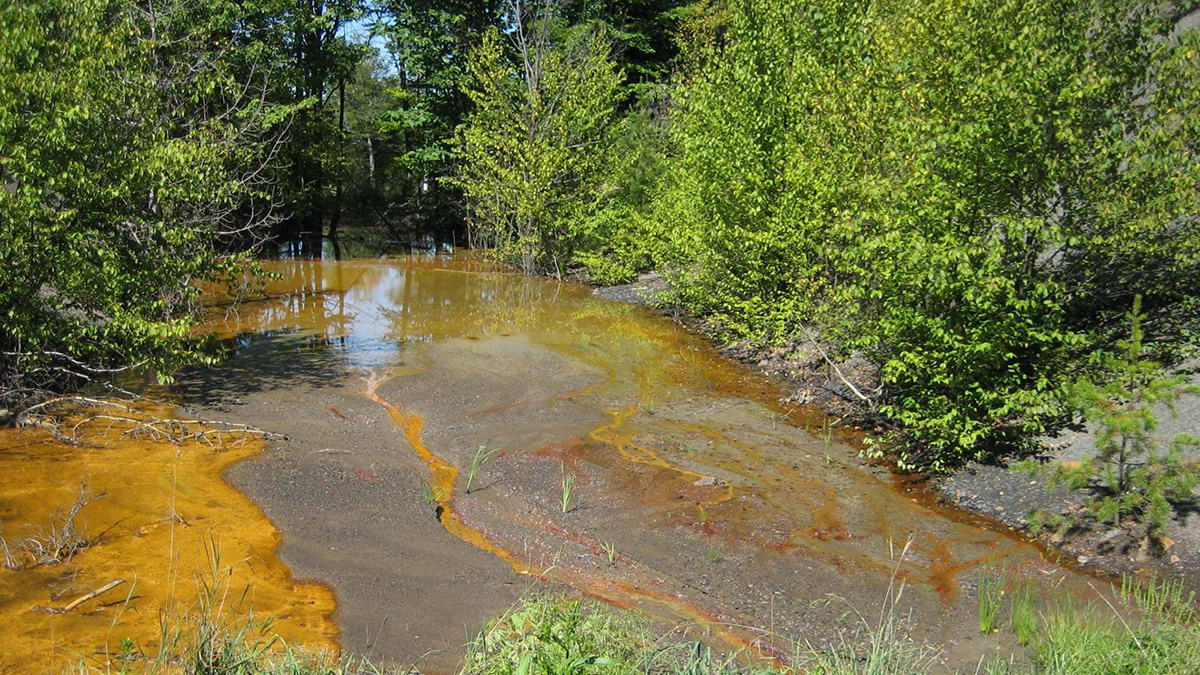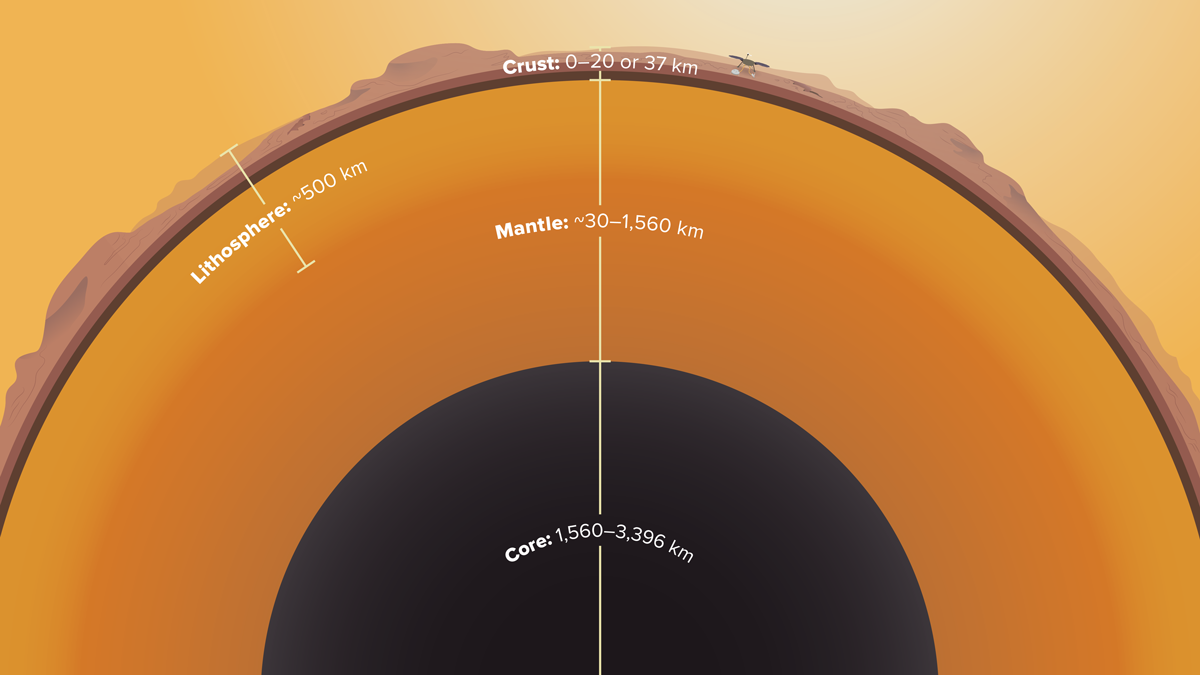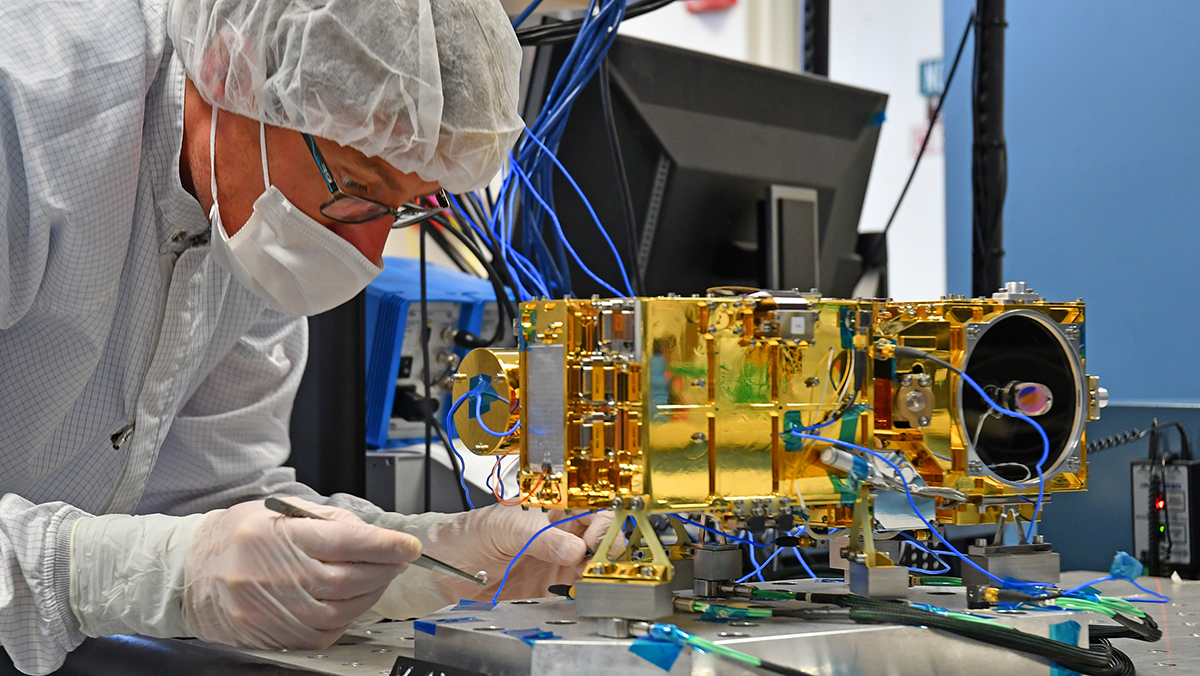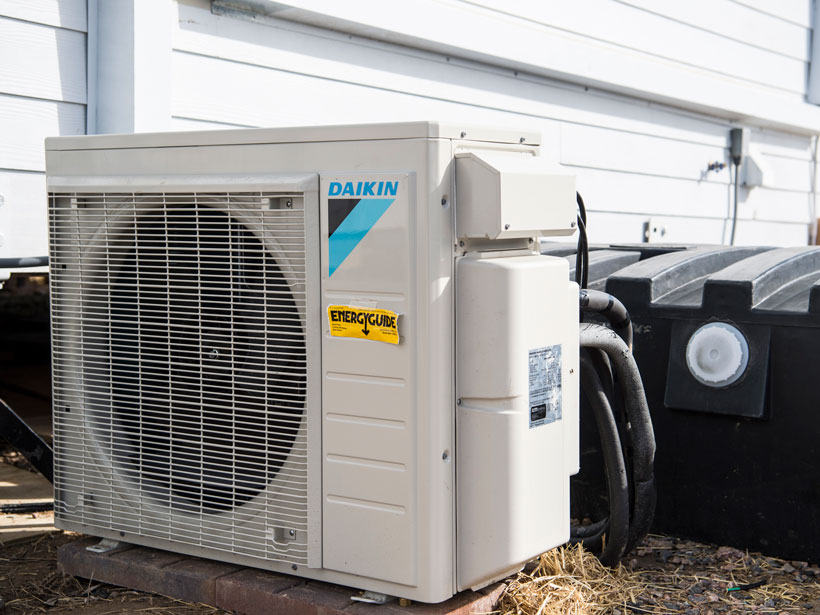By navigating under dense vegetation, an innovative robot could significantly reduce the monetary, environmental, and human cost of demining Cambodia.
cool tools
Earthquakes Ripple Through 3D Printed Models of Los Angeles
Using stainless steel models, researchers find that high-frequency seismic waves—the most damaging to buildings—are attenuated in the Los Angeles sedimentary basin.
Arctic Unicorns and the Secret Sounds of a Glacial Fjord
The successful deployment of a seafloor seismometer near the calving front of a Greenland glacier has opened a new avenue to study hidden glacial processes and the behavior of fjord-dwelling wildlife.
New Sensor Aids Rare Earth Extraction from Acid Mine Drainage
Rare earth elements appear in more than 200 consumer products. The race is on to source these elements from abundant and environmentally damaging mining waste.
Mars from the InSight Out
There’s a seismometer on Mars, and it’s been busy! Download our free illustrated poster.
Stratospheric Balloons Listen In on Ground Activity
Solar-powered hot-air balloons, floating 2.5 times as high as Mount Everest, detected a buried explosion more clearly than ground-based sensors did.
The “Internet of Things” Boosts Agricultural Livelihoods in India
New technology is bringing better connectivity to remote areas, helping farmers improve crop yields and allowing fisherfolk to venture more safely out into the sea.
Could AI Be Useful for Arctic Communities Facing Sea Ice Loss?
The forecasting tool IceNet promises to be a useful tool for evaluating sea ice loss in the Arctic. But ethical and logistic considerations have to be taken before scientific and Indigenous communities start working together.
Lasers Have the Makings of a 21st-Century Geoscience Tool
Laser-induced breakdown spectroscopy is a versatile geochemical tool being used in a wide range of applications, from Mars rovers to earthly rock identification.
Las bombas de calor pueden reducir las emisiones de los hogares, pero no en todas partes
Un nuevo estudio muestra que, en los lugares correctos, las bombas de calor pueden ayudar a los propietarios a reducir las emisiones de gases de efecto invernadero, ahorrar en costos de calefacción y aire acondicionado, y promover la salud pública.










